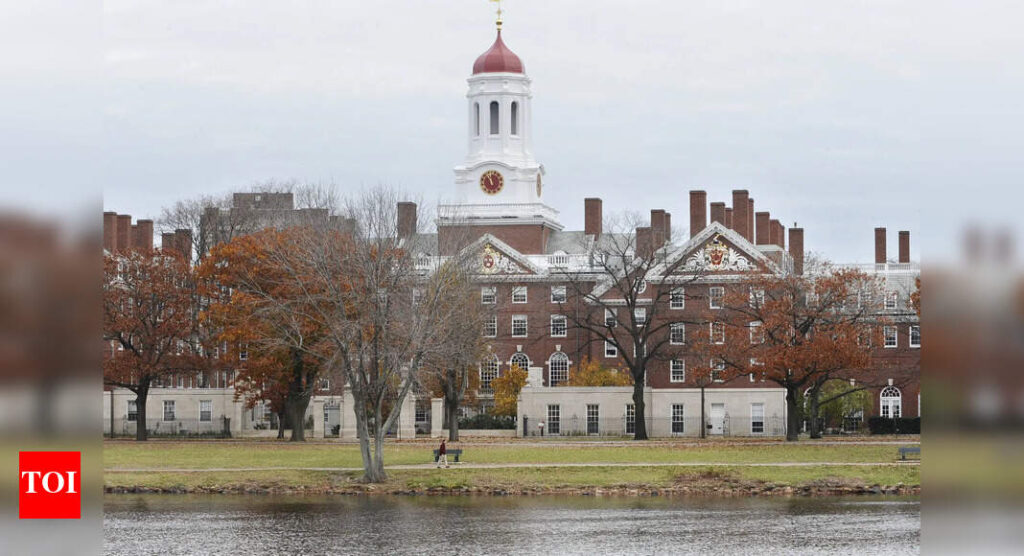Harvard’s class of 2029 secures an 85% yield, yet arrives under fire from Trump-era attacks on diversity and admissions

Harvard University’s Class of 2029 will arrive on campus this fall with an impressive 85 percent of admitted students choosing to enroll, according to preliminary data first reported by The Harvard Crimson. The strong yield comes despite a turbulent political climate in which the Trump administration has escalated attacks on international students, financial aid programs, and the broader framework of college admissions.The figures, shared during a confidential May 27 meeting with undergraduates leading pre-orientation programs, marked the first detailed glimpse of the incoming class. As The Crimson noted, the 1,654 students who had matriculated by that date represent a slight rise in Harvard’s yield compared with recent years, even as Washington’s scrutiny of elite universities intensifies.
International students under pressure
Roughly 15.8 percent of the Class of 2029 are international students, a proportion consistent with previous years, The Crimson reported. Yet their place at Harvard has become more precarious. The Department of Homeland Security has twice attempted to revoke Harvard’s authorisation to host foreign students, and a June 4 presidential proclamation barred international students from entering the U.S. to attend the university — a move temporarily blocked in federal court.To hedge against such disruptions, admissions dean Joy St. John said the College admitted 25 to 30 additional students this year, citing concerns that visa denials or political barriers could keep some international admits from enrolling, according to The Crimson.
Race, diversity, and the Supreme Court ruling
The Class of 2029 is the second admitted after the Supreme Court’s 2023 decision in Students for Fair Admissions v. Harvard, which struck down the use of race-conscious admissions. Unlike in past decades, Harvard has not released racial or ethnic breakdowns of its incoming students and plans to wait until mandated by the Department of Education later this year.The Trump administration has seized on the ruling, accusing universities of using recruiting practices and essay prompts to “circumvent” restrictions on race. In April, the White House froze more than $2.7 billion in Harvard’s federal funding and demanded that the university adopt “merit-based” policies or lose access to grants — a move Harvard President Alan M. Garber ’76 was denounced as coercive and beyond federal authority.
Who makes up the Class of 2029
Beyond politics, the Class of 2029 reflects familiar trends in Harvard’s admissions. According to The Crimson:
- Women make up 52 percent of the class, continuing a majority-female streak since 2024.
- 21 percent are first-generation college students.
- 24 percent are Pell Grant-eligible.
- More than half (54 percent) will receive institutional grant aid, while nearly a quarter will pay nothing to attend. Harvard announced in March that tuition will be free for students from families earning $100,000 or less.
- Geographically, 20 percent of students come from the mid-Atlantic, 18 percent from New England, and 16 percent from the South, with smaller shares from the Midwest, Pacific, and Mountain states.
- 17 veterans will join the class, representing service across the Army, Navy, Air Force, and Marine Corps.
- In academic interests, 34.6 percent plan to study social sciences, 26.6 percent natural sciences, 25.5 percent engineering, and 11.7 percent humanities.
A class caught in the crossfire
While Harvard celebrates an 85 percent yield, the political backdrop is impossible to ignore. Columbia University recently regained frozen federal funding only after agreeing to review its international admissions and reduce dependence on foreign students. A similar bargain could soon be forced on Harvard.For now, the Class of 2029 embodies both continuity and controversy: strong academic and geographic diversity, historic levels of financial support, and a yield rate the envy of nearly every other university — all arriving in Cambridge under a storm cloud of political scrutiny.






